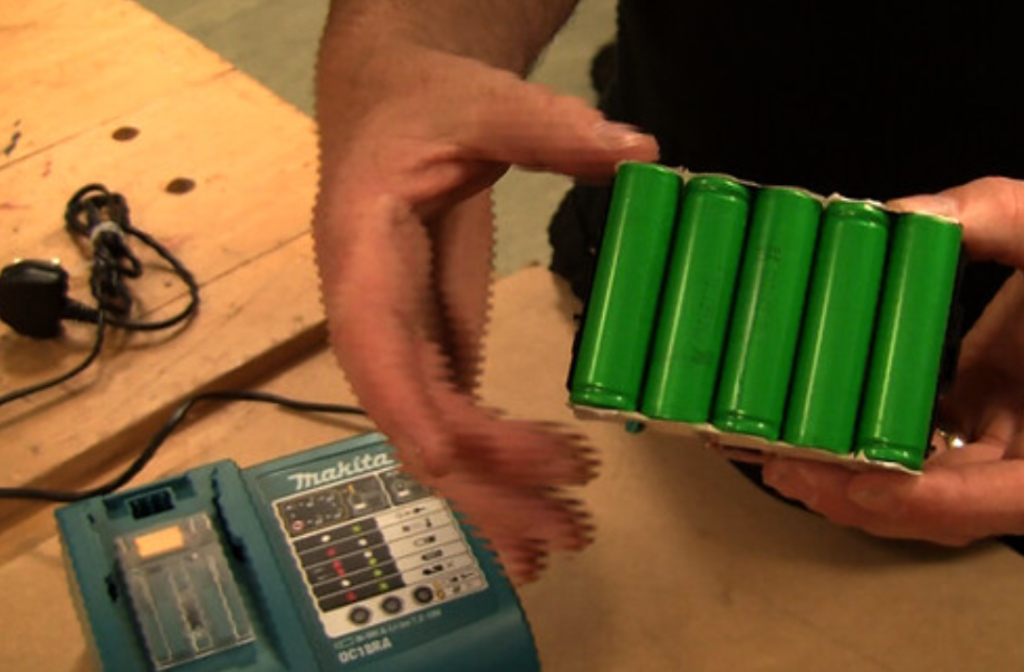One fine day, when Lin and Huang were playing pickup basketball, the idea of picking up food waste struck them. They were worried about food wastes across the globe, ending up in garbage and then in landfills. So, Haibo Huang, a food processing engineer, and Feng Lin, a chemistry professor, decided to utilize the food wastes.
But how?
Their idea is to convert the food waste and its associated biomass into rechargeable batteries. The duo conducted a preliminary study and found that fibre components in food waste can develop into an advanced carbon material. And this carbon material can act as an anode, the negative terminals of the batteries.
Thus this research idea from the two researchers of Virgin Tech is receiving a three-year $450,000 grant from The United States Department of Agriculture Foundational and Applied Science Program.
But why?
When the global nations are gearing up to electrify automobiles, the demand for rechargeable batteries is skyrocketing. Though electric vehicles are a green mode of transport, the batteries powering them comes with their share of sustainability issues. Today, lithium-ion batteries are powering most of the EVs (electric vehicles). Apart from EVs, most of the rechargeable batteries powering our electronic gadgets are lithium-ions. In these batteries, mainly, lithium oxide forms the cathode and graphite forms the anode.
Natural graphite is a limited resource, so we have synthetic graphite derived from coal or petroleum coke. Natural graphite used in premium batteries is the product of mining, whereas synthetic graphite is the product of fossil fuels. Can you see the irony?
So it is essential to find alternatives to graphite, on which the rechargeable batteries are relying heavily.
What next?
Lin and Huang are trying to bring advances in both fields: agri-waste processing and battery technology. They hope their research will make significant progress in battery storage through their food waste carbon material.
The grant will help them in experimenting with food waste and making it a feasible graphite alternative. That’s how in the future we may power our gadgets from food waste.
Written by Raghul M R

An engineer and a creative science communicator. Found his passion for science outreaches while traveling and interacting with kids.
Tech guy and the Co-founder of Sciteum!


